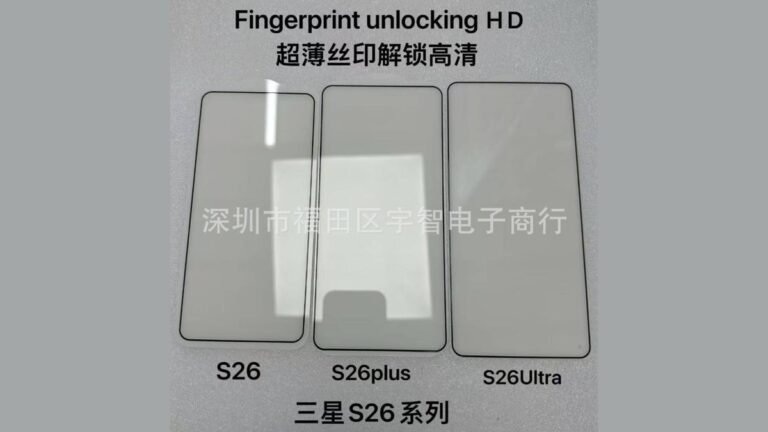Samsung isn’t taking chances on the Galaxy S26 Ultra
70 percent of Galaxy S26 models will be underpinned by the Snapdragon 8 Elite Gen 5, and only 30 percent will be equipped with the Exynos 2600. The Galaxy S26 Ultra will feature the Snapdragon 8 Elite Gen 5 in all regions. The North American standard and Plus models will also feature Qualcomm’s flagship chip, while European and Korean variants will come with the Exynos 2600.
The Exynos 2600 is set to be the first 2nm chip to power smartphones. The Galaxy S25 was entirely underpinned by the Snapdragon 8 Elite, as Samsung’s in-house chip reportedly suffered from overheating issues. Those problems have been taken care of, thanks to technologies such as the Heat Pass Block (HPB). This packaging tech places a heat dissipation block on top of the chip to transfer heat away.
The Ultra is Samsung’s most premium model and accounts for more than 50 percent of sales. The Snapdragon 8 Elite Gen 5 allegedly offered better performance and stability, which is why Samsung chose it for the Ultra. It was also selected to improve customer satisfaction, as Qualcomm chips are perceived to be better than those made by System LSI.
The Exynos 2600 is also reportedly facing limited supply due to low manufacturing yields, meaning Samsung couldn’t equip all handsets with the home-brewed chip even if it had planned to.
Our assumption for any new Galaxy is always going to be 75%. That is our assumption for Galaxy S26.
Cristiano Amon, President and CEO, Qualcomm, November 2025
So, which chip is better?
Benchmark scores that have surfaced so far suggest the Exynos 2600 will not only outperform the Snapdragon 8 Elite, but also the iPhone 17 Pro Max’s A19 Pro. In fact, the latest leak claims it will offer performance comparable to the M5 chip that fuels the iPad Pro.
Benchmark scores are easy to spoof, though, and they only give you an idea of the highest possible performance, not the sustained performance. Besides, if the Exynos 2600 benchmarked above the Snapdragon 8 Elite Gen 5, it wouldn’t make sense for Samsung not to equip at least some Ultra models with it.
That said, Samsung may have simply made this decision based on the perceived superiority of Qualcomm chips among consumers. Either way, potential buyers should take solace in the fact that no matter which variant they get, performance will be snappy.
Playing it safe
Using in-house components allows companies to save on costs. It also helps with tighter integration with devices. That’s why it’s no surprise that Samsung is eager to reintroduce Exynos chips into its lineup.
The company has taken a cautious approach by only equipping a third of Galaxy S26 models with the Exynos 2600.


